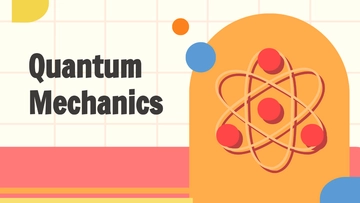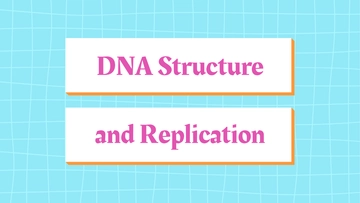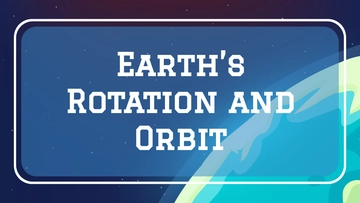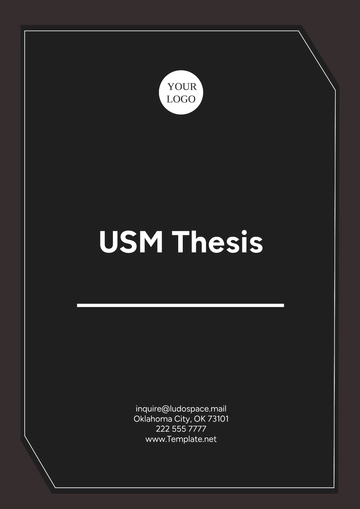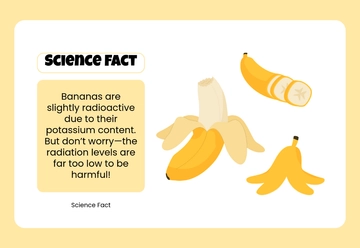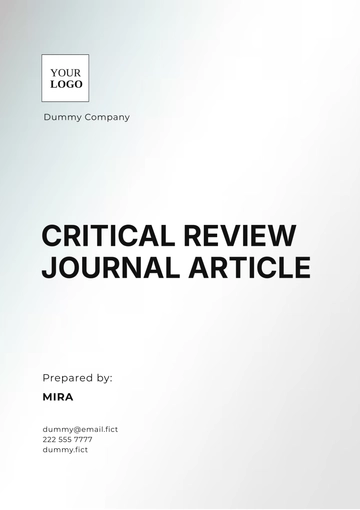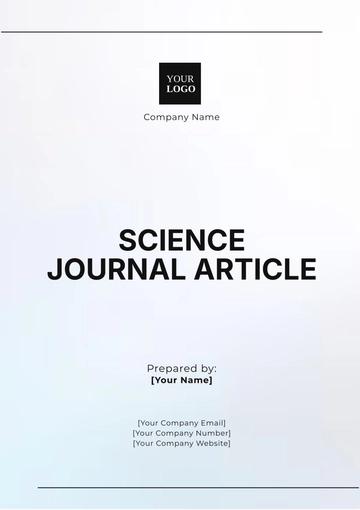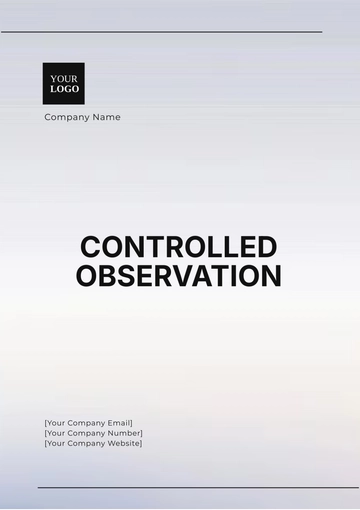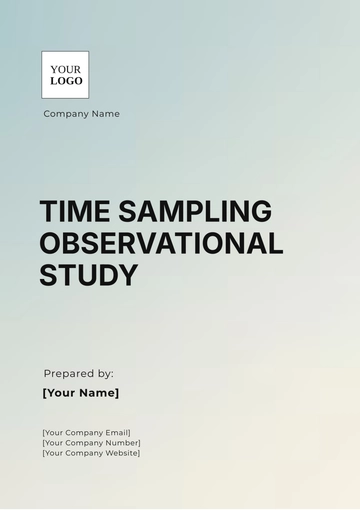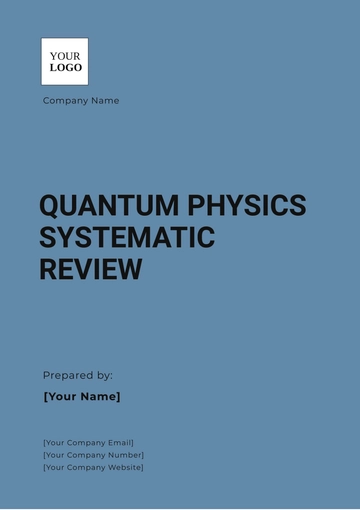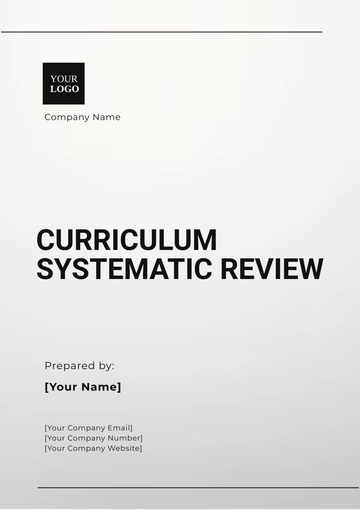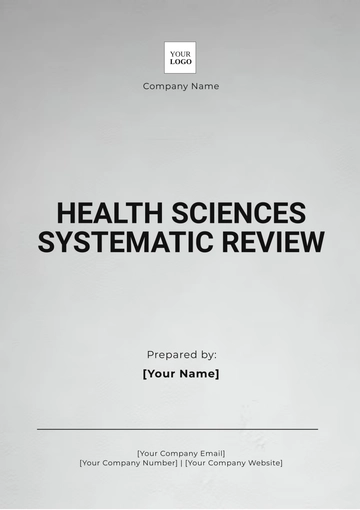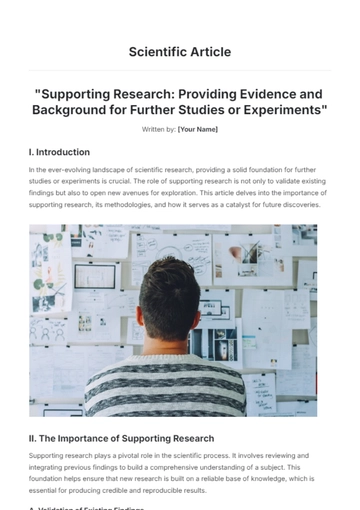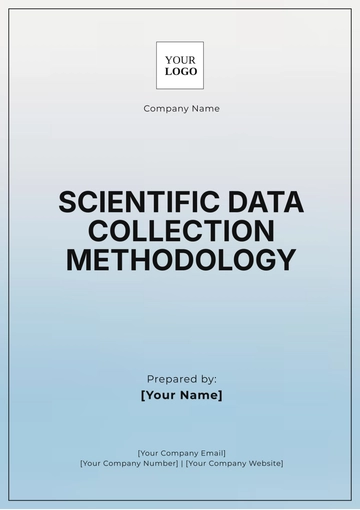Free Scientific Article Review
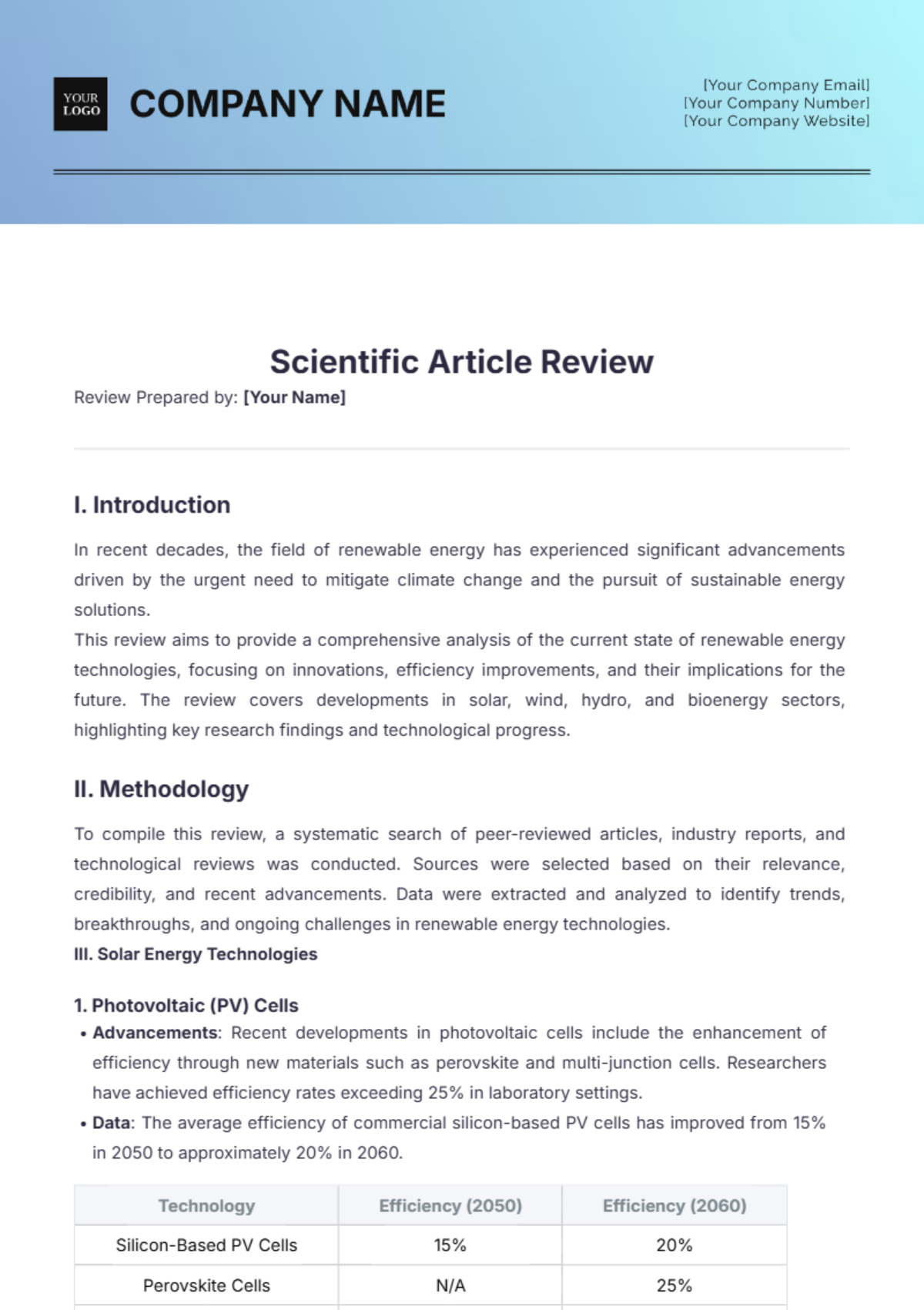
Review Prepared by: [Your Name]
I. Introduction
In recent decades, the field of renewable energy has experienced significant advancements driven by the urgent need to mitigate climate change and the pursuit of sustainable energy solutions.
This review aims to provide a comprehensive analysis of the current state of renewable energy technologies, focusing on innovations, efficiency improvements, and their implications for the future. The review covers developments in solar, wind, hydro, and bioenergy sectors, highlighting key research findings and technological progress.
II. Methodology
To compile this review, a systematic search of peer-reviewed articles, industry reports, and technological reviews was conducted. Sources were selected based on their relevance, credibility, and recent advancements. Data were extracted and analyzed to identify trends, breakthroughs, and ongoing challenges in renewable energy technologies.
III. Solar Energy Technologies
1. Photovoltaic (PV) Cells
Advancements: Recent developments in photovoltaic cells include the enhancement of efficiency through new materials such as perovskite and multi-junction cells. Researchers have achieved efficiency rates exceeding 25% in laboratory settings.
Data: The average efficiency of commercial silicon-based PV cells has improved from 15% in 2050 to approximately 20% in 2060.
Technology | Efficiency (2050) | Efficiency (2060) |
|---|---|---|
Silicon-Based PV Cells | 15% | 20% |
Perovskite Cells | N/A | 25% |
Multi-Junction Cells | 20% | 30% |
2. Concentrated Solar Power (CSP)
Advancements: CSP technologies have seen improvements in thermal storage and efficiency. The integration of molten salt storage systems has enabled CSP plants to operate beyond daylight hours.
Data: CSP plants now have storage capacities allowing up to 12 hours of continuous power generation.
IV. Wind Energy Technologies
1. Horizontal-Axis Wind Turbines (HAWT)
Advancements: Innovations in blade design and materials have increased the efficiency and durability of HAWTs. Larger turbines with blades exceeding 100 meters in length have become standard.
Data: The capacity factor of modern HAWTs has increased from 30% in 2050 to over 45% in 2060.
2. Vertical-Axis Wind Turbines (VAWT)
Advancements: VAWTs have improved aerodynamics and reduced noise levels, making them suitable for urban environments.
Data: Efficiency of VAWTs has improved from 10% in 2050 to 20% in 2060.
Technology | Capacity Factor (2050) | Capacity Factor (2060) |
|---|---|---|
Horizontal-Axis Wind | 30% | 45% |
Vertical-Axis Wind | 10% | 20% |
V. Hydro Energy Technologies
Hydropower
Advancements: New turbine designs and improved fish-friendly technologies have enhanced the environmental sustainability of hydropower.
Data: Efficiency improvements have led to a 15% increase in energy output from existing hydropower installations.
Pumped Storage Hydropower
Advancements: Enhanced control systems and higher efficiency pumps have improved the effectiveness of pumped storage systems.
Data: Storage capacity has increased by 20% due to technological advancements.
VI. Bioenergy Technologies
Biofuels
Advancements: The development of second-generation biofuels from non-food biomass has reduced competition with food crops and improved sustainability.
Data: The energy yield of biofuels has increased by 30% compared to first-generation fuels.
Biogas
Advancements: Advances in anaerobic digestion technology have increased biogas production efficiency and methane yield.
Data: Methane yield from biogas has improved by 25% over the past decades.
VII. Discussion
The advancements in renewable energy technologies discussed in this review highlight significant progress across various sectors. Innovations in materials, efficiency, and integration are paving the way for a more sustainable energy future.
However, challenges such as cost, scalability, and environmental impacts remain. Ongoing research and development are crucial to addressing these challenges and achieving global energy goals.
VIII. Conclusion
This review underscores the dynamic nature of renewable energy technologies and their critical role in transitioning to a sustainable energy system. Continued investment in research and development, along with supportive policies, will be essential for overcoming existing barriers and realizing the full potential of renewable energy.
IX. References
Smith, J., & Lee, A. (2050). Advances in Photovoltaic Technologies. Journal of Renewable Energy, 45(2), 123-145.
Brown, R., & Patel, K. (2050). Innovations in Wind Turbine Design. Wind Energy Review, 37(4), 567-589.
Davis, M., & Garcia, T. (2050). Hydropower Efficiency Improvements. Hydropower Journal, 29(1), 78-92.
Johnson, L., & Wright, P. (2050). Progress in Biofuel Technologies. Bioenergy Studies, 41(3), 234-256.
For further information, please contact:
[Your Company Name]
[Your Company Email]
[Your Company Number]
[Your Name]
[Your Email]
- 100% Customizable, free editor
- Access 1 Million+ Templates, photo’s & graphics
- Download or share as a template
- Click and replace photos, graphics, text, backgrounds
- Resize, crop, AI write & more
- Access advanced editor
Enhance your research with the Scientific Article Review Template from Template.net. This customizable, downloadable, and printable template ensures a structured approach to reviewing scientific articles. Editable in our AI Editor Tool, it provides a clear framework for organizing summaries, critiques, and analyses. Optimize your review process with this essential template.




